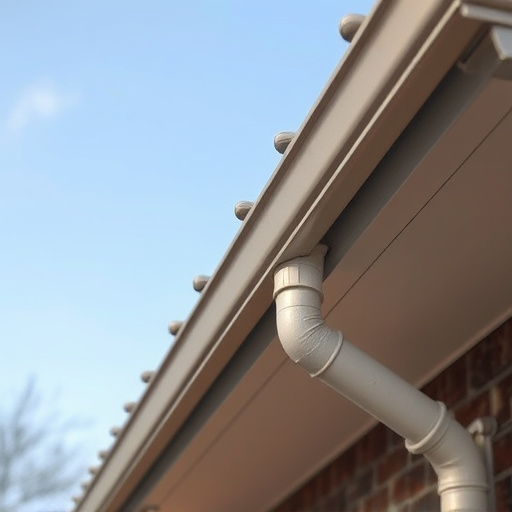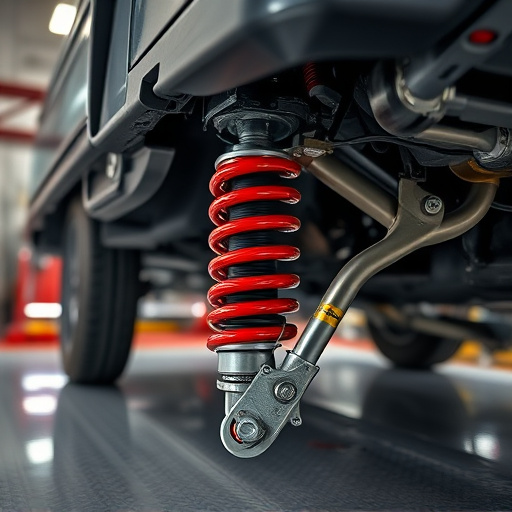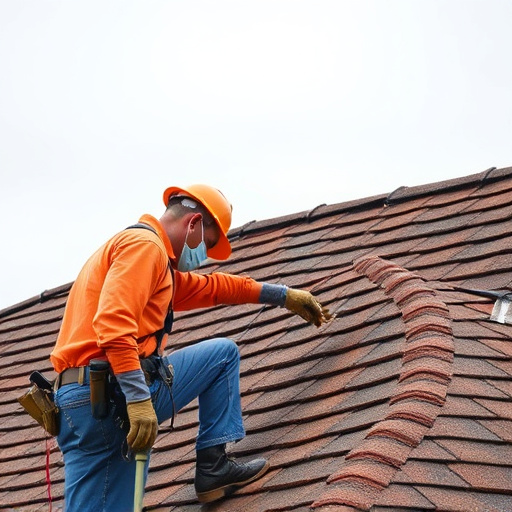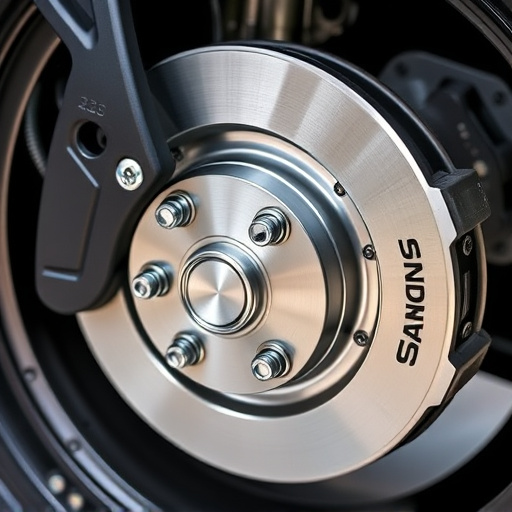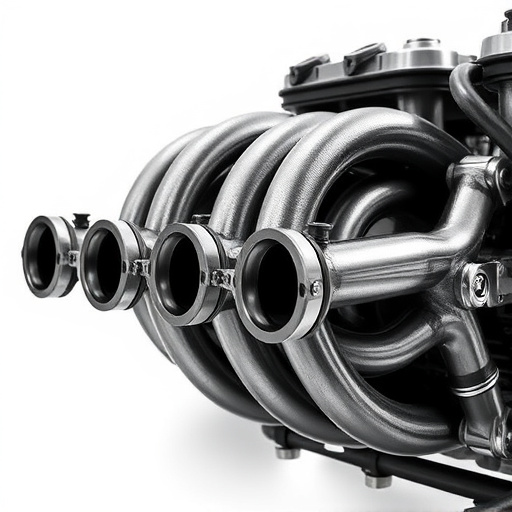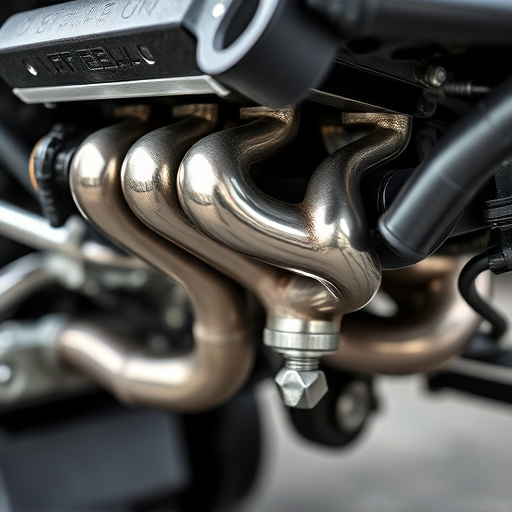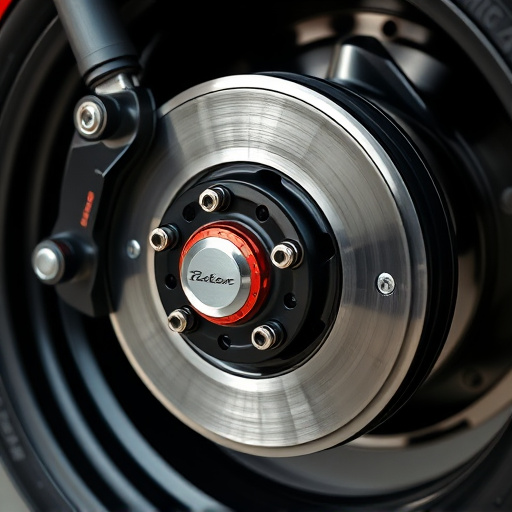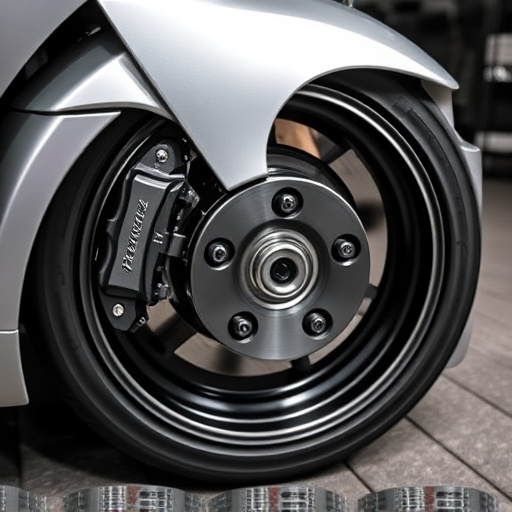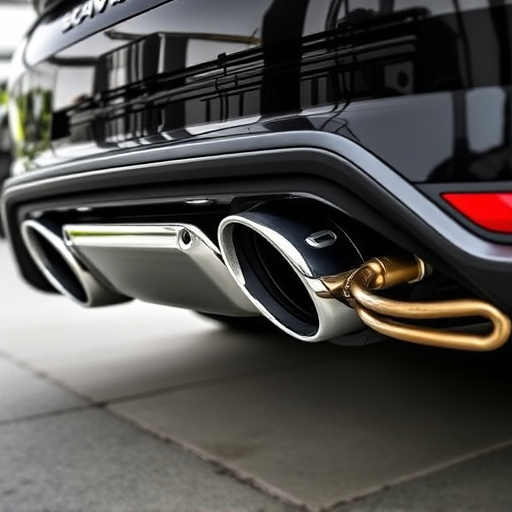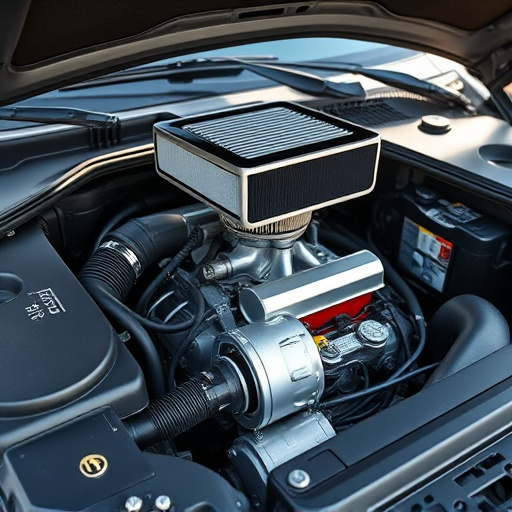Auto air filters are essential for vehicle health, trapping dust and enhancing fuel efficiency. Regular testing and replacement, along with proper maintenance, ensure optimal engine performance. At-home test kits and simple procedures allow DIY checks, comparing airflow before/after filter changes to identify degradation. This ensures clean intake air, maintaining efficient brake components and overall vehicle performance.
Want to ensure your vehicle’s optimal performance? Testing your auto air filters at home is an easy, cost-effective way to maintain your car’s health. This guide walks you through understanding auto air filters and their crucial role in engine efficiency, gathering necessary materials, and performing a simple test to assess your filter’s efficiency. By the end, you’ll be equipped to make informed decisions about replacing your auto air filters for smoother rides ahead.
- Understanding Auto Air Filters and Their Functionality
- Gather Materials and Prepare for the Test
- Performing the Efficiency Test at Home
Understanding Auto Air Filters and Their Functionality
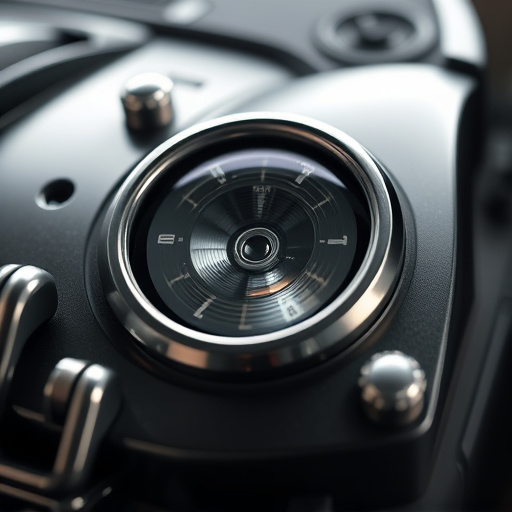
Auto air filters are an integral part of any vehicle’s ventilation system, playing a crucial role in maintaining optimal vehicle performance. These filters are designed to trap dust, debris, and other contaminants present in the air that enters the engine compartment. By doing so, they not only protect the engine from harmful particles but also contribute to better fuel efficiency and reduced emissions.
Understanding how auto air filters work is essential when it comes to assessing their efficiency. Typically, these filters are located within the vehicle’s intake system, where they capture and retain pollutants before allowing clean air to reach the engine. Over time, as the filter accumulates more debris, its efficiency can degrade, leading to reduced airflow and potential issues with vehicle performance. Regular testing and replacement of auto air filters, especially when combined with proper maintenance practices, such as checking exhaust tips and ensuring a cat-back exhaust system is in good condition, can help maintain peak vehicle performance.
Gather Materials and Prepare for the Test
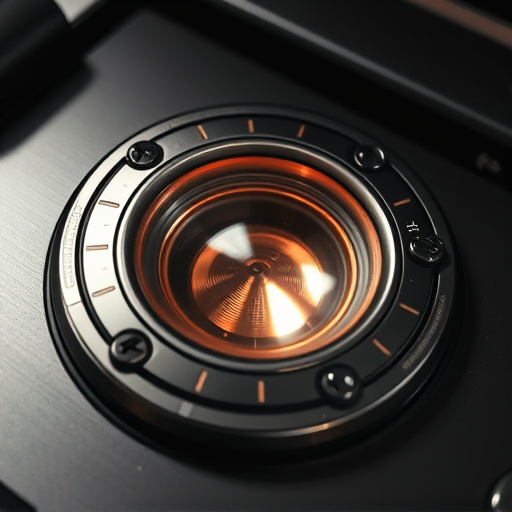
To test the efficiency of your auto air filters at home, you’ll need a few basic materials and supplies. Start by gathering an air filter kit that includes a manometer or pressure gauge, a pump, and a clean container for collecting dust and debris. Also, ensure you have access to a stopwatch or timer and some old rags or cloths. Before beginning the test, prepare your workspace by finding a clean, well-ventilated area where you can work safely. Remove any unnecessary items that might interfere with the testing process.
Next, locate the air filter in your vehicle’s engine bay. Refer to your car’s manual or consult an expert if needed. Ensure the engine is off and cool before proceeding. By following these steps, you’ll be well-prepared to conduct a thorough test of your auto air filters’ efficiency using readily available tools and materials.
Performing the Efficiency Test at Home
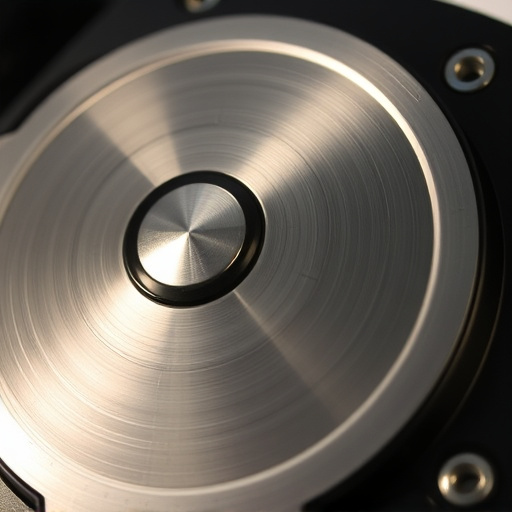
Performing an efficiency test on auto air filters at home is a straightforward process that can help ensure your vehicle’s optimal performance. Start by gathering the necessary tools, including a stopwatch, a meter stick, and a container of clean, dry air (or a pressure gauge). Remove the old filter from your vehicle, being careful to note the orientation for proper installation later. Next, secure the test equipment to measure air flow both before and after installing a new or clean filter.
Place the container over the intake components and start the engine, timing how long it takes to fill the container to a predetermined mark. Repeat this process with the clean filter installed, comparing the time and volume of air flow. A significant difference in performance between the two tests indicates that your auto air filters are doing their job effectively, trapping dust, debris, and pollutants while allowing adequate airflow. This simple at-home test can help you determine if it’s time for a replacement, ensuring your vehicle’s brake components work efficiently with clean intake air.
Testing auto air filters’ efficiency at home is a straightforward process that empowers car owners to ensure optimal vehicle performance. By understanding how these filters work and gathering the right materials, you can easily perform a test to verify their effectiveness. This DIY approach allows you to make informed decisions about replacing your auto air filters, ultimately enhancing your driving experience with cleaner and more efficient airflow.


